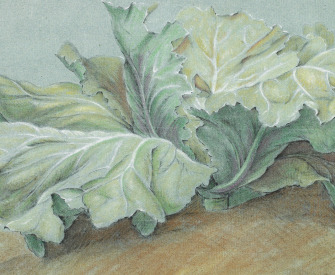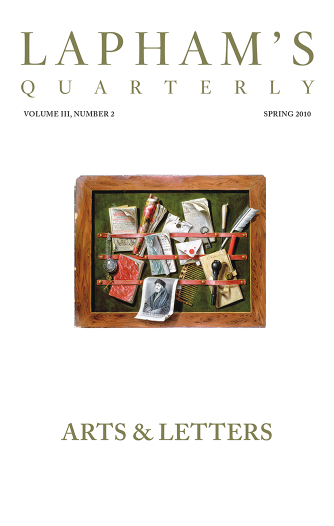As frequent mention is made in the public papers from Europe of the success of the Philadelphia experiment for drawing the electric fire from clouds by means of pointed rods of iron erected on high buildings, etc., it may be agreeable to the curious to be informed that the same experiment has succeeded in Philadelphia, though made in a different and more easy manner, which anyone may try as follows:
Make a small cross of two light strips of cedar, the arms so long as to reach to the four corners of a large, thin silk handkerchief, when extended; tie the corners of the handkerchief to the extremities of the cross, so you have the body of a kite, which, being properly accommodated with a tail, loop, and string, will rise in the air like those made of paper; but this being of silk is fitter to bear the wet and wind of a thunder-gust without tearing.
To the top of the upright stick of the cross is to be fixed a very sharp pointed wire, rising a foot or more above the wood.
To the end of the twine, next the hand, is to be tied a silk ribbon, and where the twine and silk join, a key may be fastened.
This kite is to be raised when a thunder-gust appears to be coming on (which is very frequent in this country), and the person who holds the string must stand within a door or window or under some cover, so that the silk ribbon may not be wet; and care must be taken that the twine does not touch the frame of the door or window.
As soon as any of the thunderclouds come over the kite, the pointed wire will draw the electric fire from them, and the kite, with all the twine, will be electrified, and the loose filaments of the twine will stand out every way and be attracted by an approaching finger.
When the rain has wet the kite and twine so that it can conduct the electric fire freely, you will find it stream out plentifully from the key on the approach of your knuckle.
At this key the phial may be charged, and from electric fire thus obtained, spirits may be kindled, and all the other electric experiments be performed, which are usually done by the help of a rubbed glass globe or tube, and thereby the sameness of the electric matter with that of lightning completely demonstrated.
I was pleased to hear of the success of my experiments in France, and that they there begin to erect points on their buildings. We had before placed them upon our academy and statehouse spires.
From a letter to Peter Collinson. In 1742 Archibald Spencer, a scientist from Scotland, visited Boston to give a lecture and demonstrated his early experiments; Franklin soon bought Spencer’s electrical apparatus and began experiments of his own. “I never was before engaged in any study that so totally engrossed my attention and my time as this has lately done,” Franklin wrote in 1747 to Collinson, a merchant in London who had helped Franklin fund a subscription library a decade prior and later helped publish his findings.
Back to Issue


